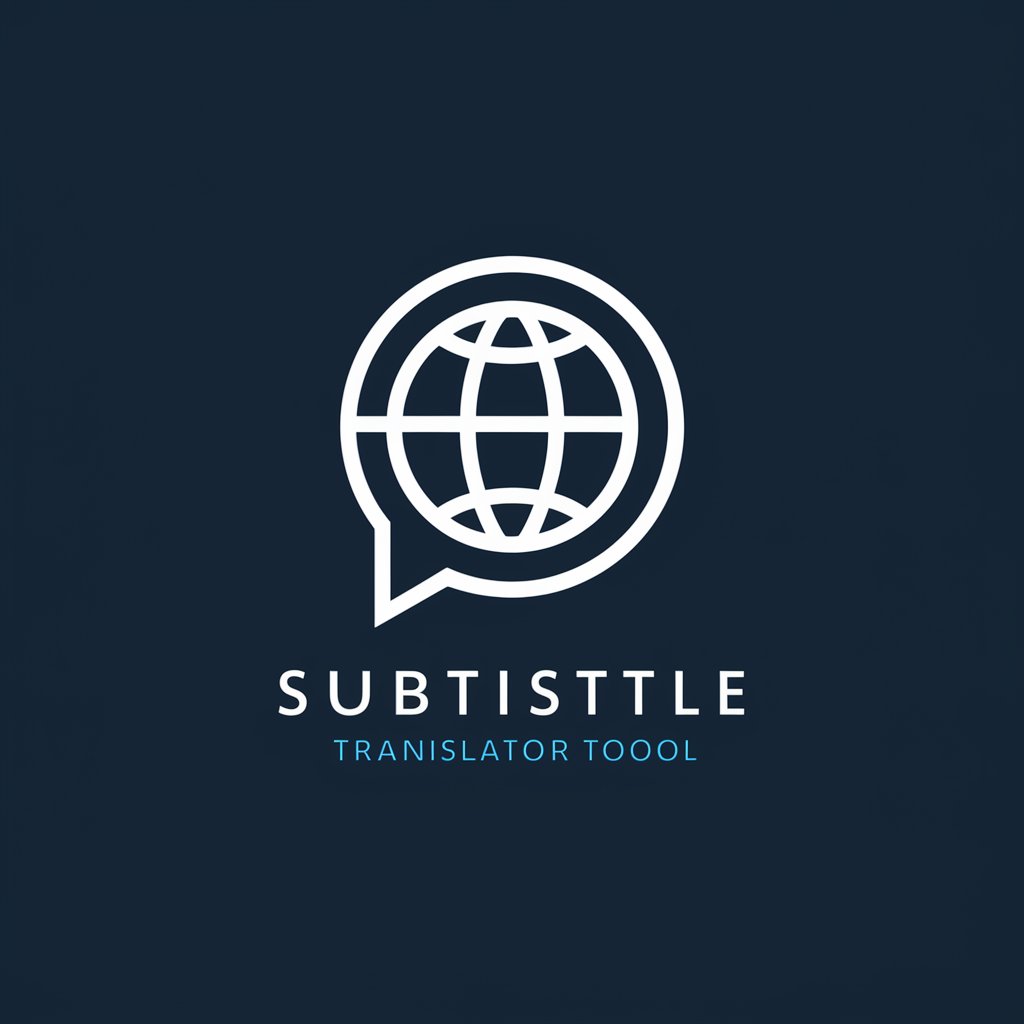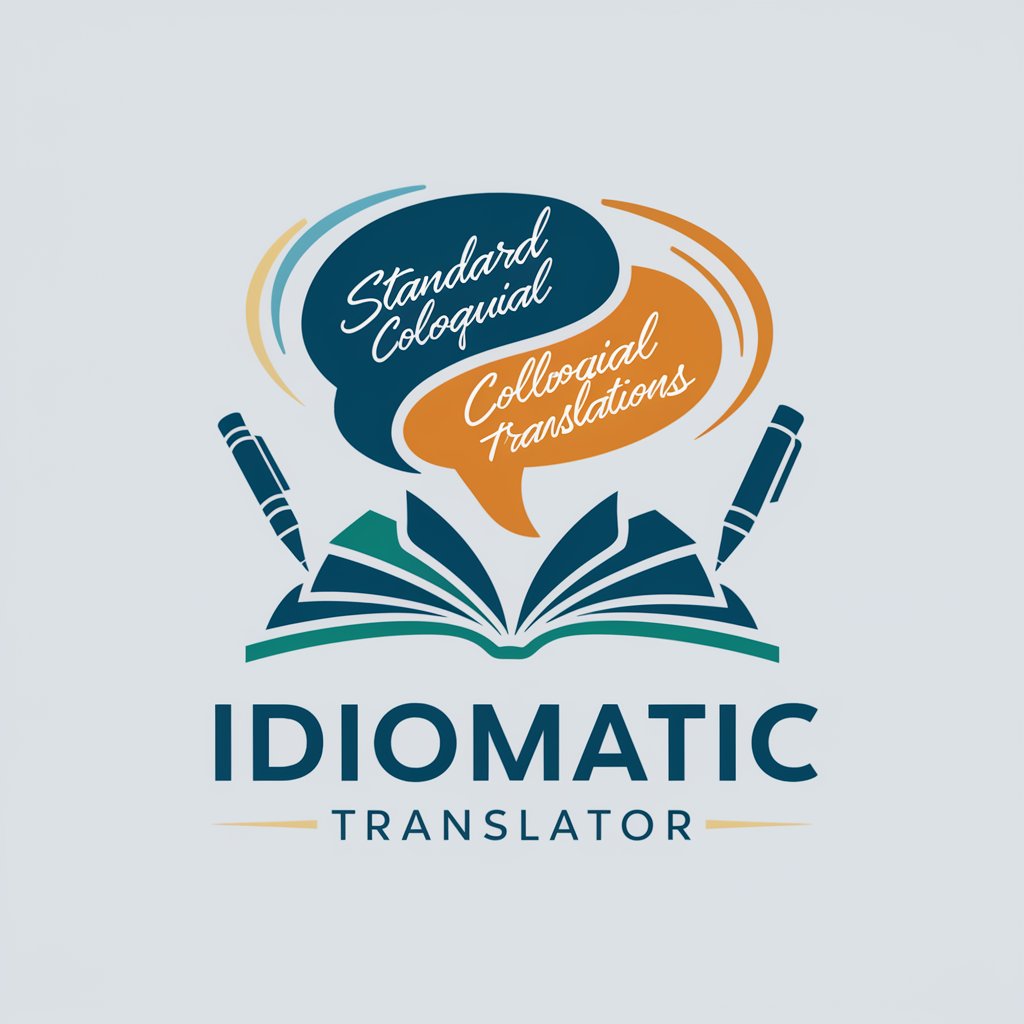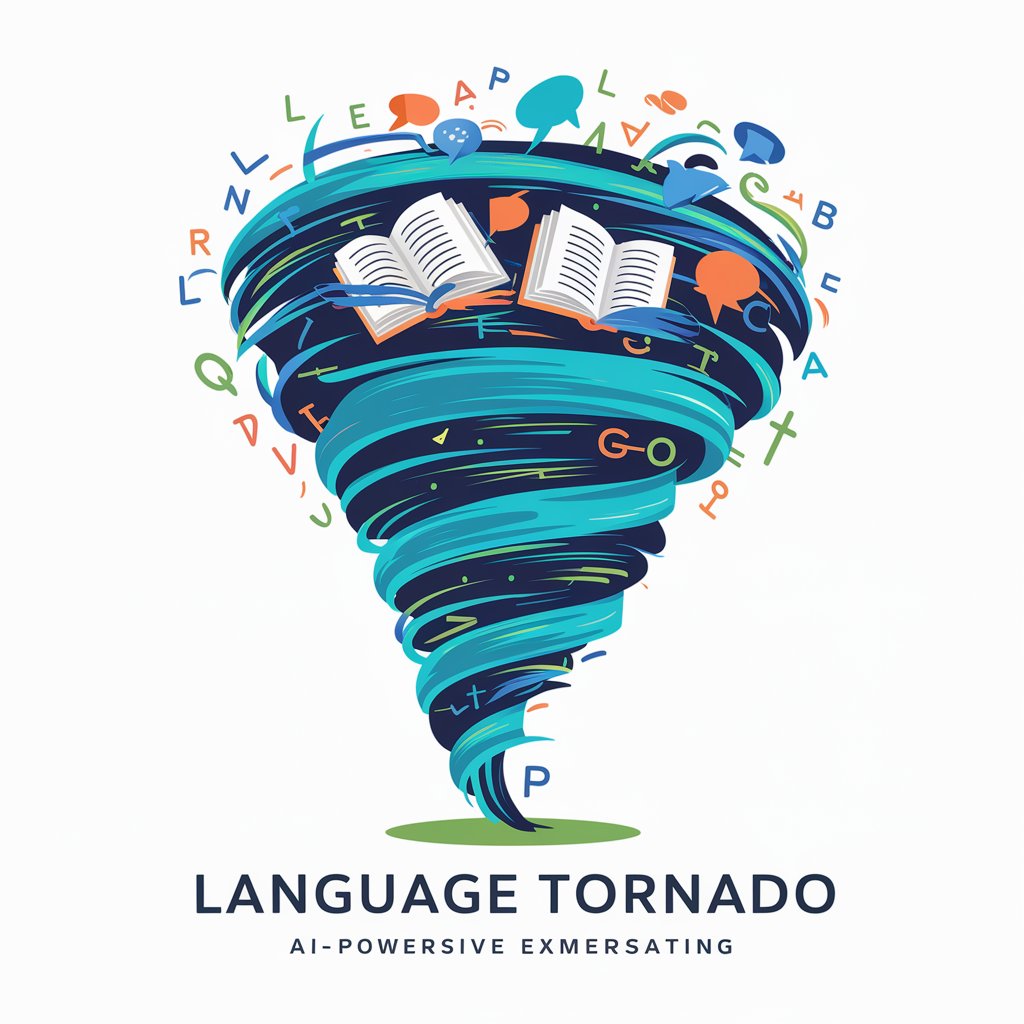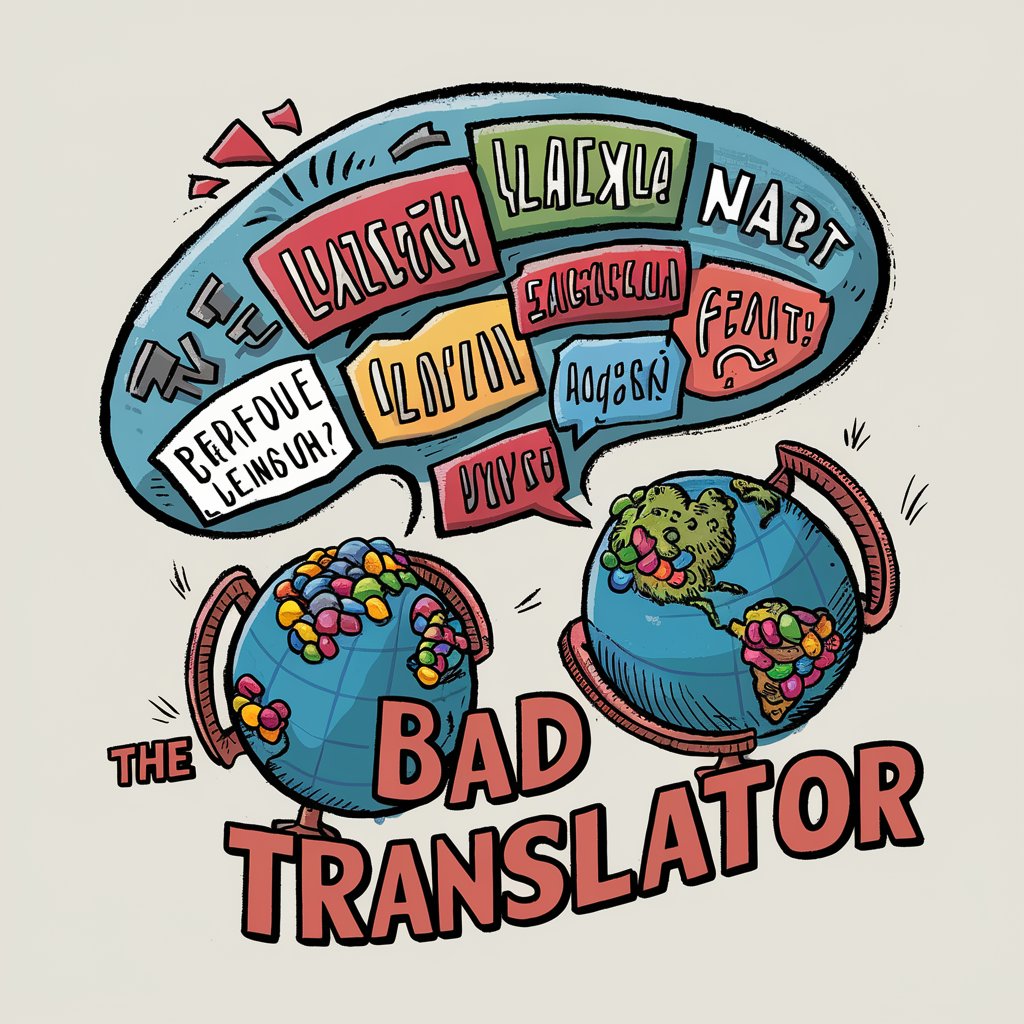
Lost in Translation - creative word transformation
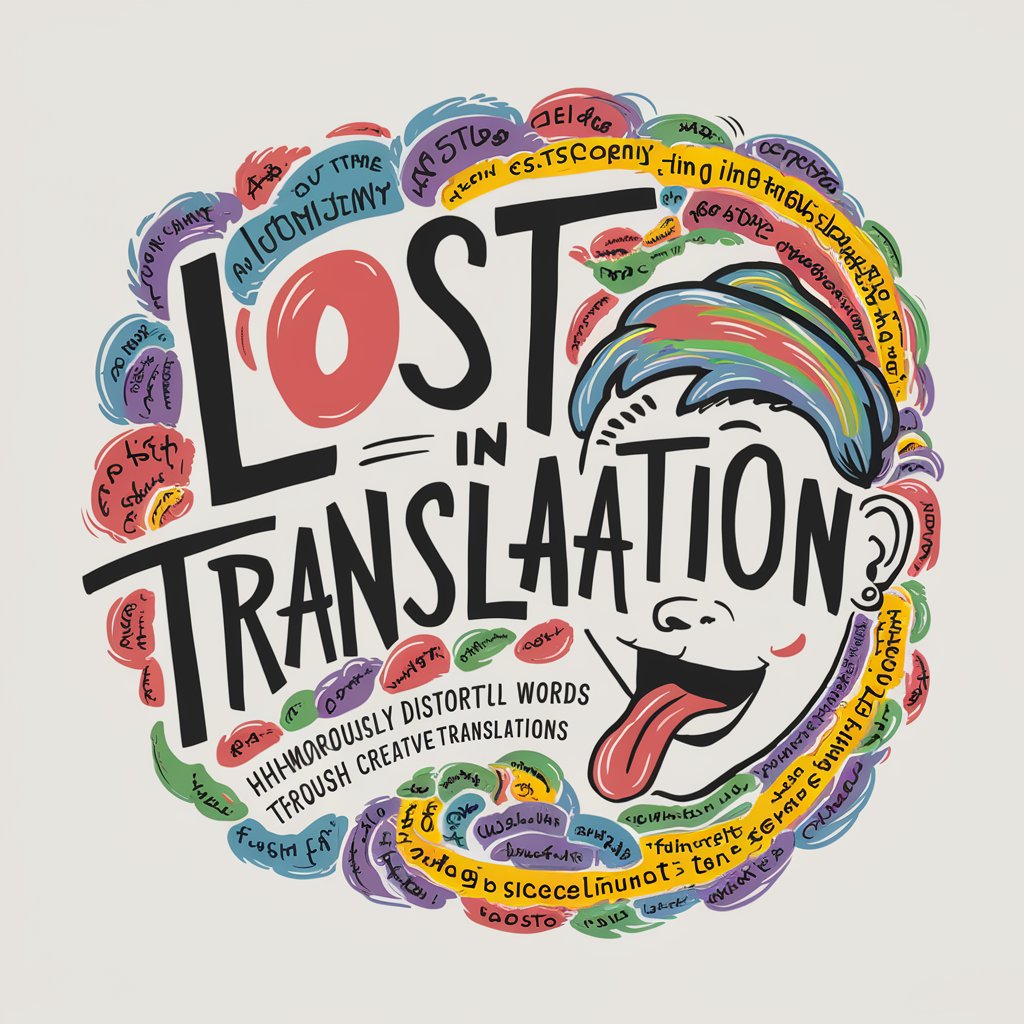
Welcome! Ready for a whimsical word twist?
Twist words, spark laughter with AI!
Transform the word 'adventure' into something whimsical.
Give the word 'technology' a humorous twist.
Turn 'happiness' into a playful new concept.
Distort 'creativity' into a fun and unexpected phrase.
Get Embed Code
Overview of Lost in Translation
Lost in Translation is a specialized AI tool designed to creatively distort words by metaphorically translating them through multiple languages before returning to English. This process often results in amusing and unexpected transformations of the original word, providing a humorous twist on everyday language. For example, transforming the word 'butterfly' might lead to 'flutterby', showcasing a playful reimagining of the concept based on sound and meaning interplay. Powered by ChatGPT-4o。

Core Functions of Lost in Translation
Word Transformation
Example
Transforming 'computer' might result in 'thinking box', which whimsically captures the essence of what a computer does in a humorous, simplified form.
Scenario
This function can be used in creative writing or social media to add a playful layer to content, appealing to audiences with its quirky reinterpretations.
Humorous Reinterpretation
Example
The word 'lawyer' could transform into 'argument artist', providing a lighthearted take on the profession.
Scenario
Such transformations are ideal for lightening the tone in presentations or blogs about serious subjects, making the content more accessible and engaging.
Educational Play
Example
Turning 'astronomer' into 'star tracker' might help children grasp the profession's nature in a more imaginative and relatable way.
Scenario
Educators can use these transformations to enhance learning by integrating them into lessons or educational games, making learning vocabulary more fun and memorable.
Target User Groups for Lost in Translation
Content Creators
Bloggers, writers, and social media influencers can use the service to inject creativity and humor into their writings, making their content stand out with unique and playful language.
Educators
Teachers and educational content developers may find the tool useful for creating engaging learning materials that introduce vocabulary and concepts in a fun, memorable manner.
Event Organizers
Those planning events, such as quizzes or team-building exercises, can utilize these playful word transformations to add an element of fun and challenge to their activities.

How to Use Lost in Translation
Visit YesChat
Navigate to yeschat.ai for a seamless trial without the need for login or a ChatGPT Plus subscription.
Choose a Word
Select a word you wish to transform creatively through multiple language distortions.
Enter the Word
Input your chosen word into the provided text field on the Lost in Translation interface.
View the Transformation
Submit your word and observe as the system processes it through various linguistic transformations, presenting you with a humorous and unexpected result.
Experiment Further
Try different words and explore the creative and amusing outcomes to fully enjoy the unique capabilities of Lost in Translation.
Try other advanced and practical GPTs
Lost Language Linguist
Revive the Voices of the Past
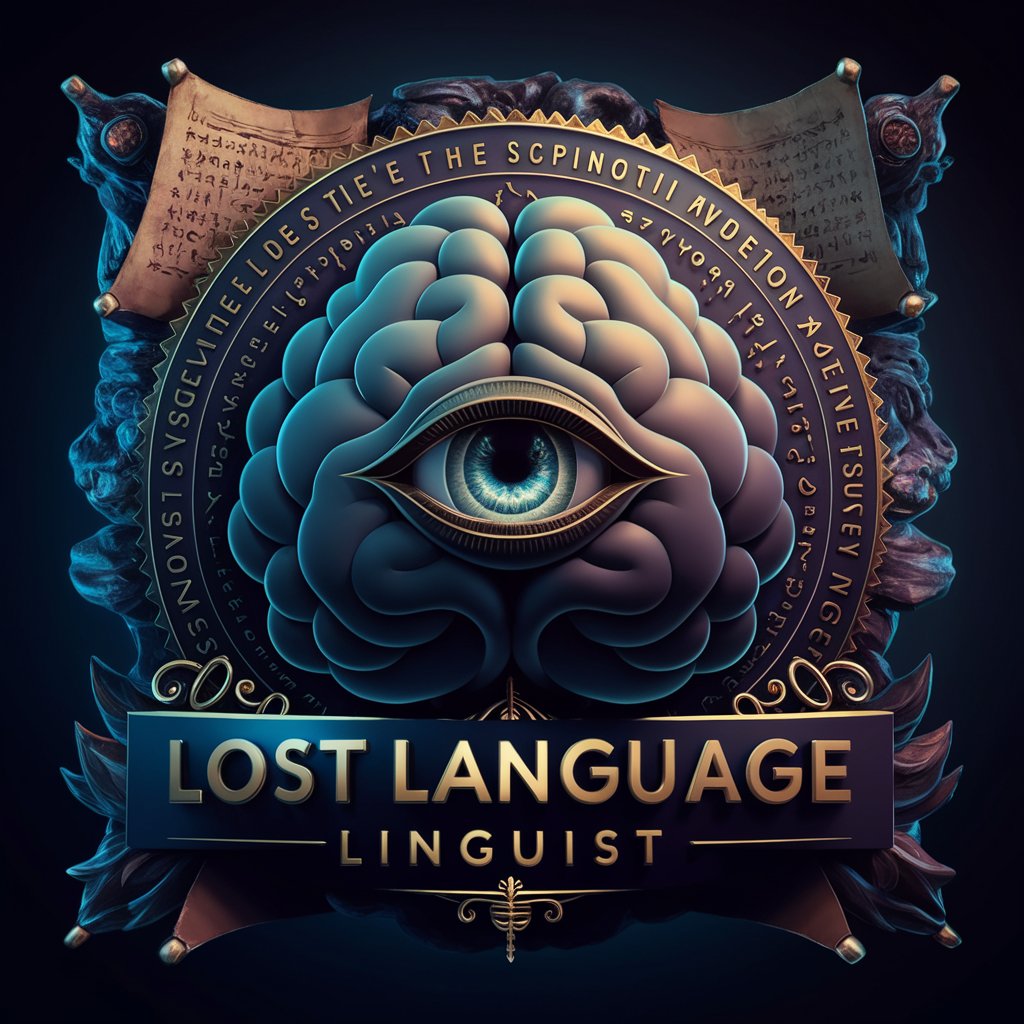
Lost Media
Revive Forgotten Media with AI
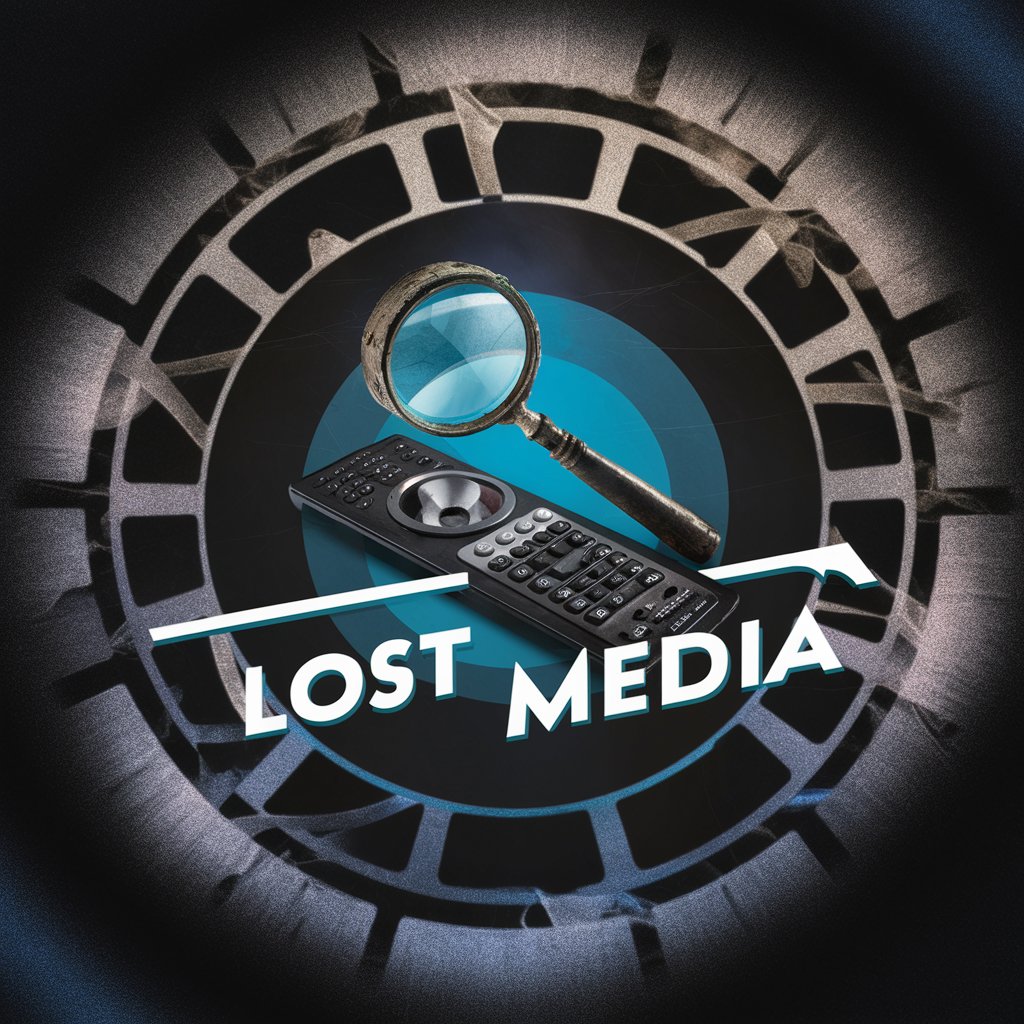
Reviving Lost Languages
Revive Languages with AI Power
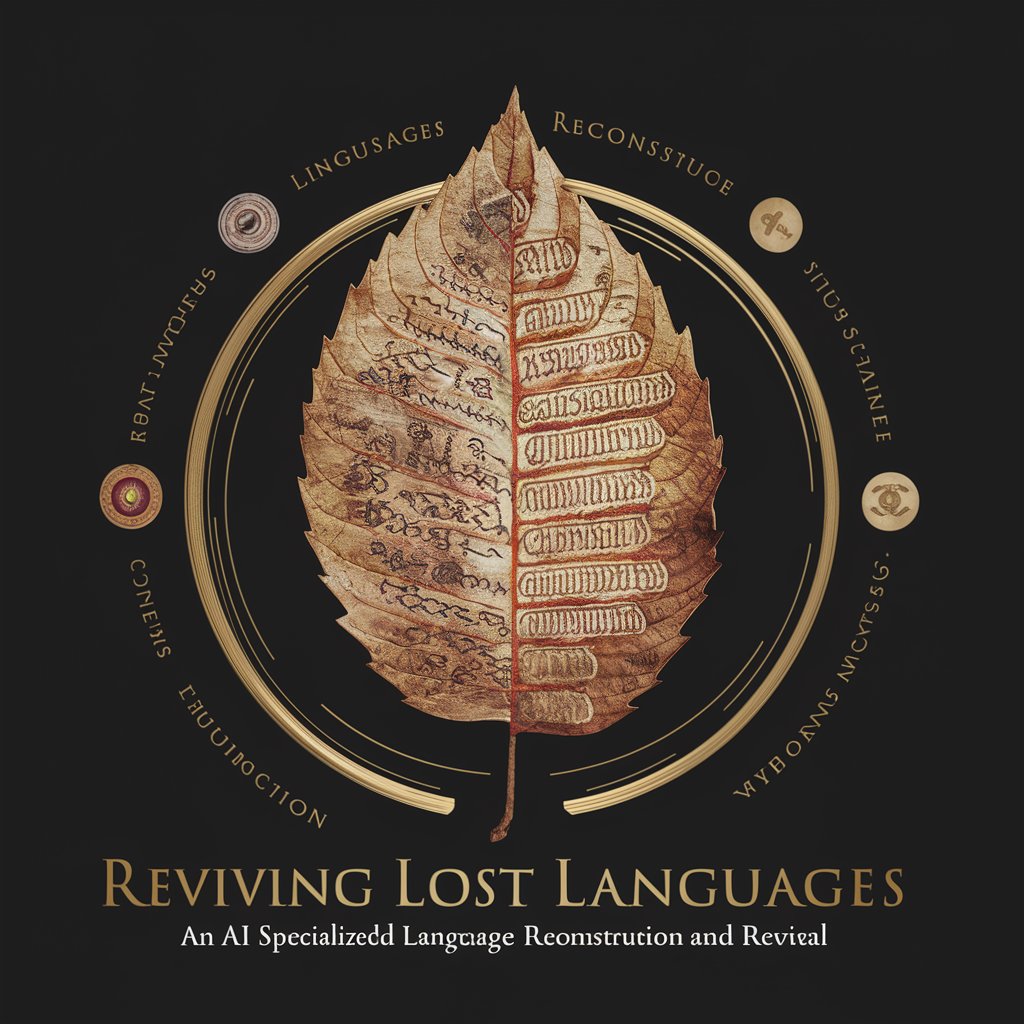
Lost Helper
Smart AI-powered travel companion.

Lost?
Navigate Life with AI
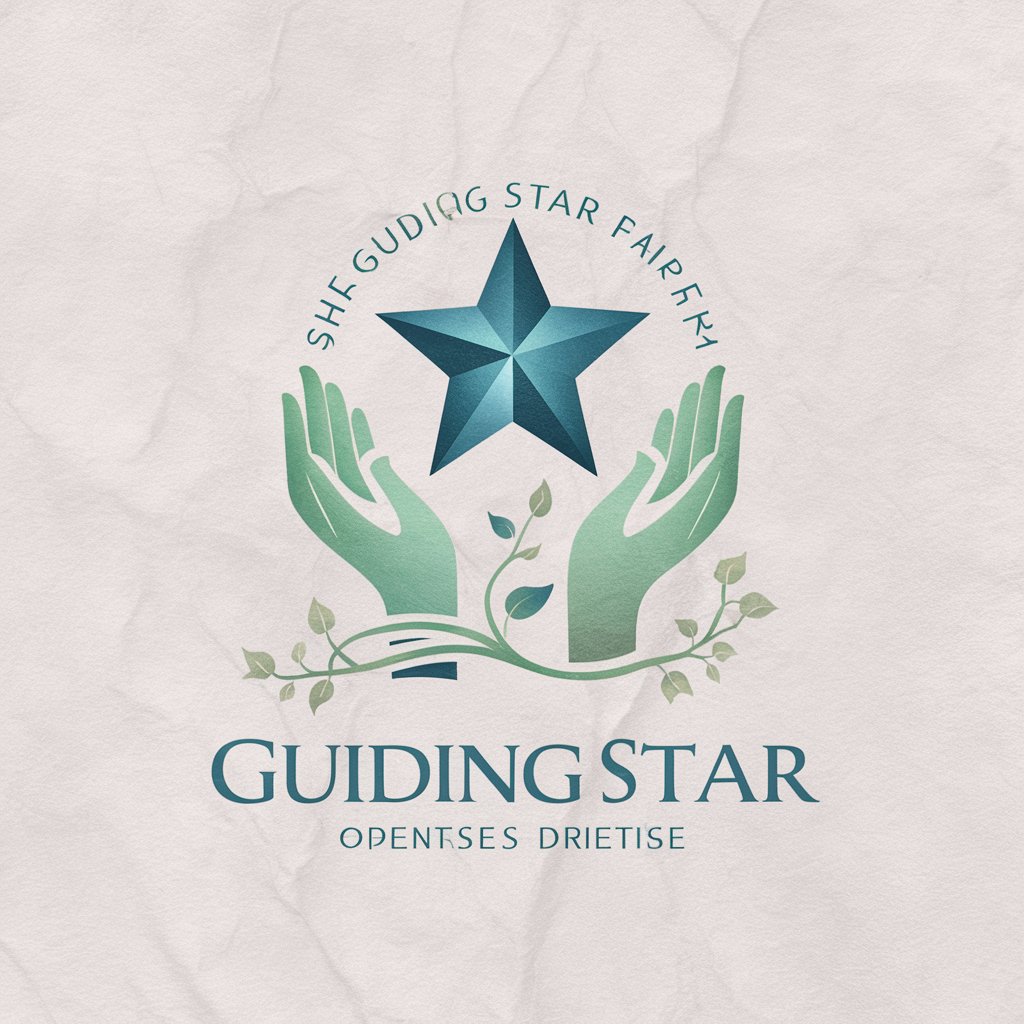
Message Craft
AI-Powered Personalized Messaging

Lost in Digitalization
Navigating Digital Transformation with AI
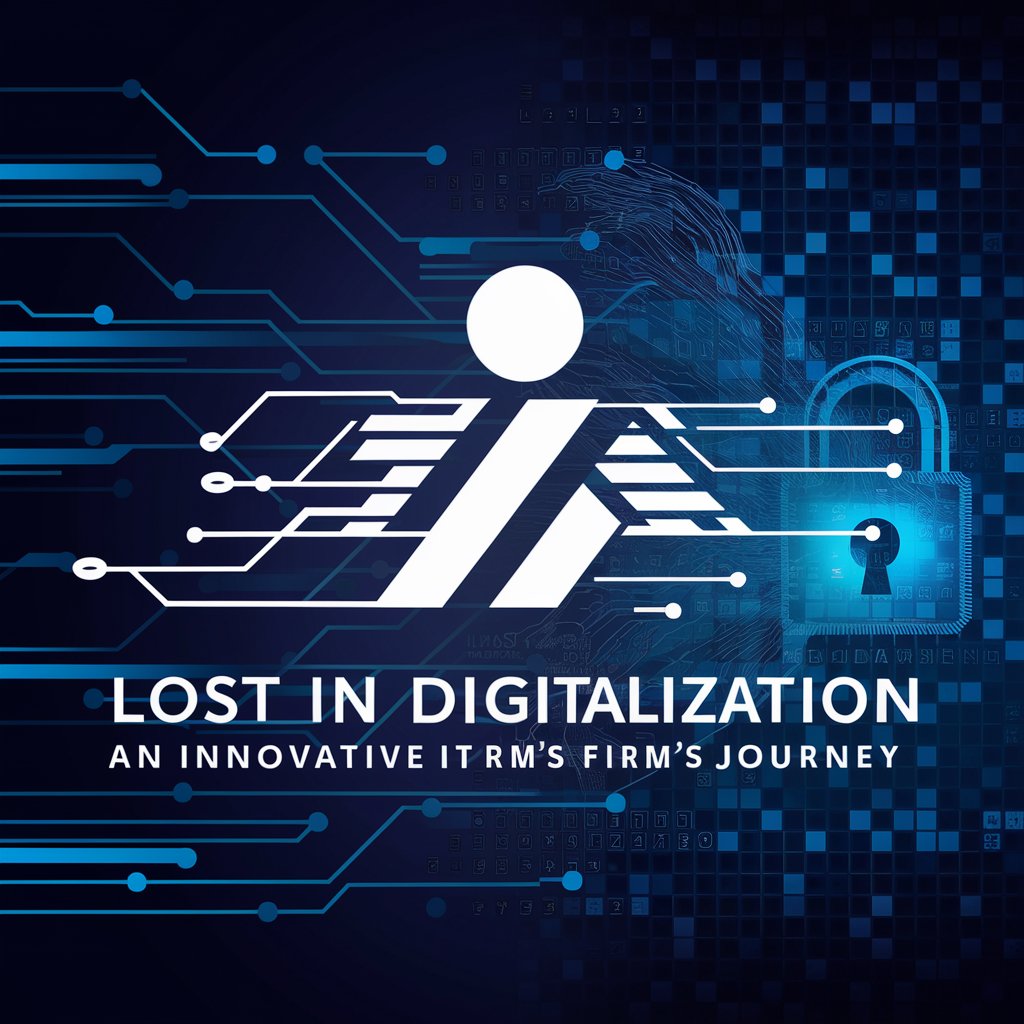
HeyBot | Gift Bot
Smart Gifting with AI

The Gift
Crafting Personalized Joy with AI

Photo Mentor
Enhancing Photography with AI Insights

Photo Assistant
AI-powered, personalized photography guidance
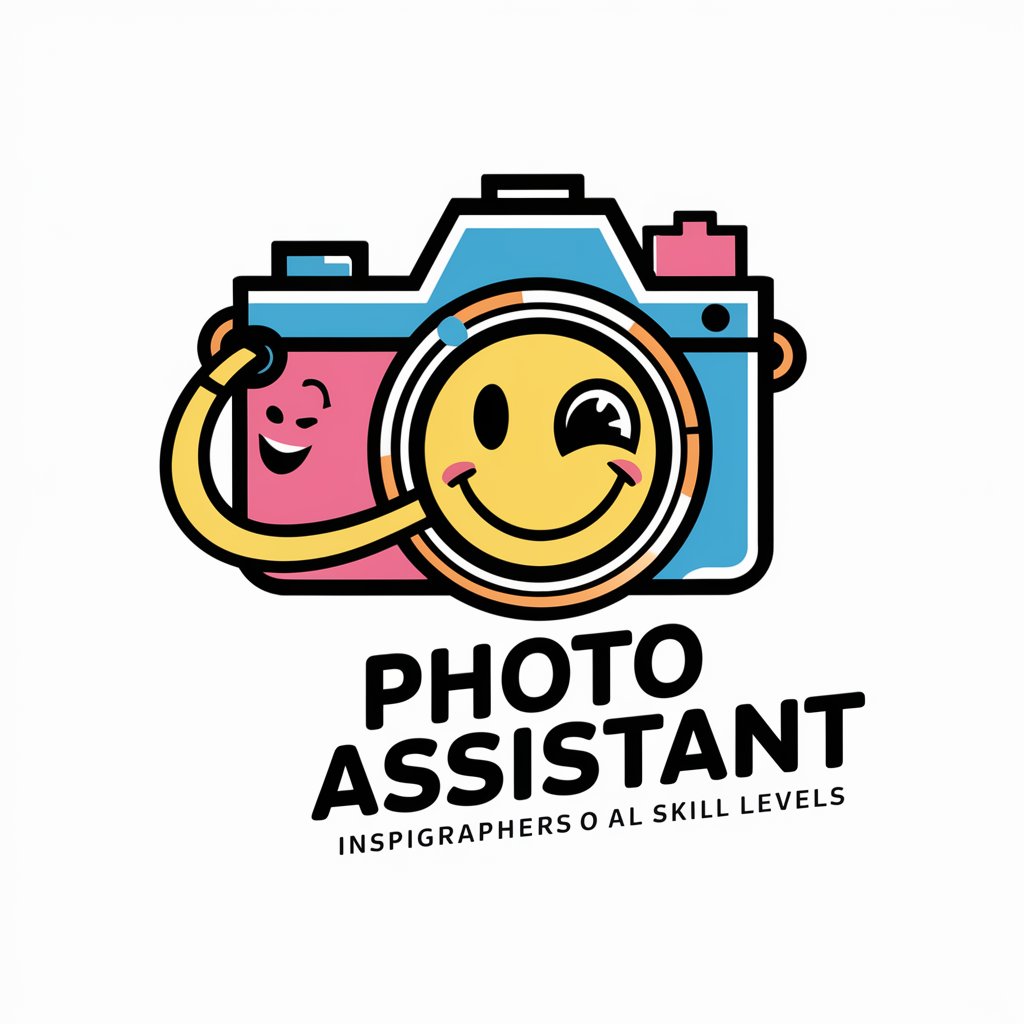
Photo Wizard
Enhance Creatively with AI

Frequently Asked Questions about Lost in Translation
What is Lost in Translation?
Lost in Translation is an AI-powered tool designed to creatively distort words by virtually translating them through multiple languages, resulting in humorous and often surprising transformations.
How does the transformation process work?
The tool simulates a process similar to translating a word through various languages and then back to English. This process creatively alters the original meaning, often leading to amusing results.
Can I use any word with Lost in Translation?
Yes, you can use virtually any word. However, the more unique or interesting the word, the more entertaining the transformation outcome might be.
Is Lost in Translation suitable for children?
Absolutely! The tool ensures that all content remains family-friendly, making it suitable for users of all ages.
Can Lost in Translation be used for educational purposes?
While primarily designed for entertainment, it can also serve as a fun linguistic tool to engage students in understanding the complexities and quirks of language translation.
